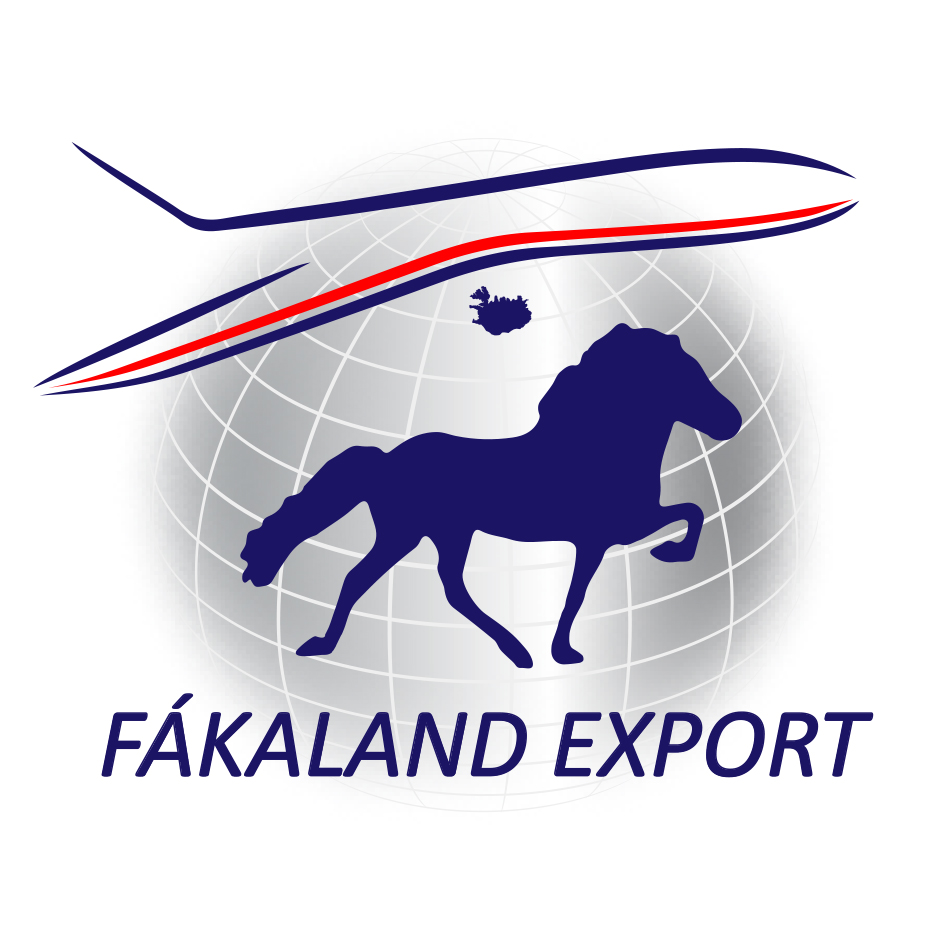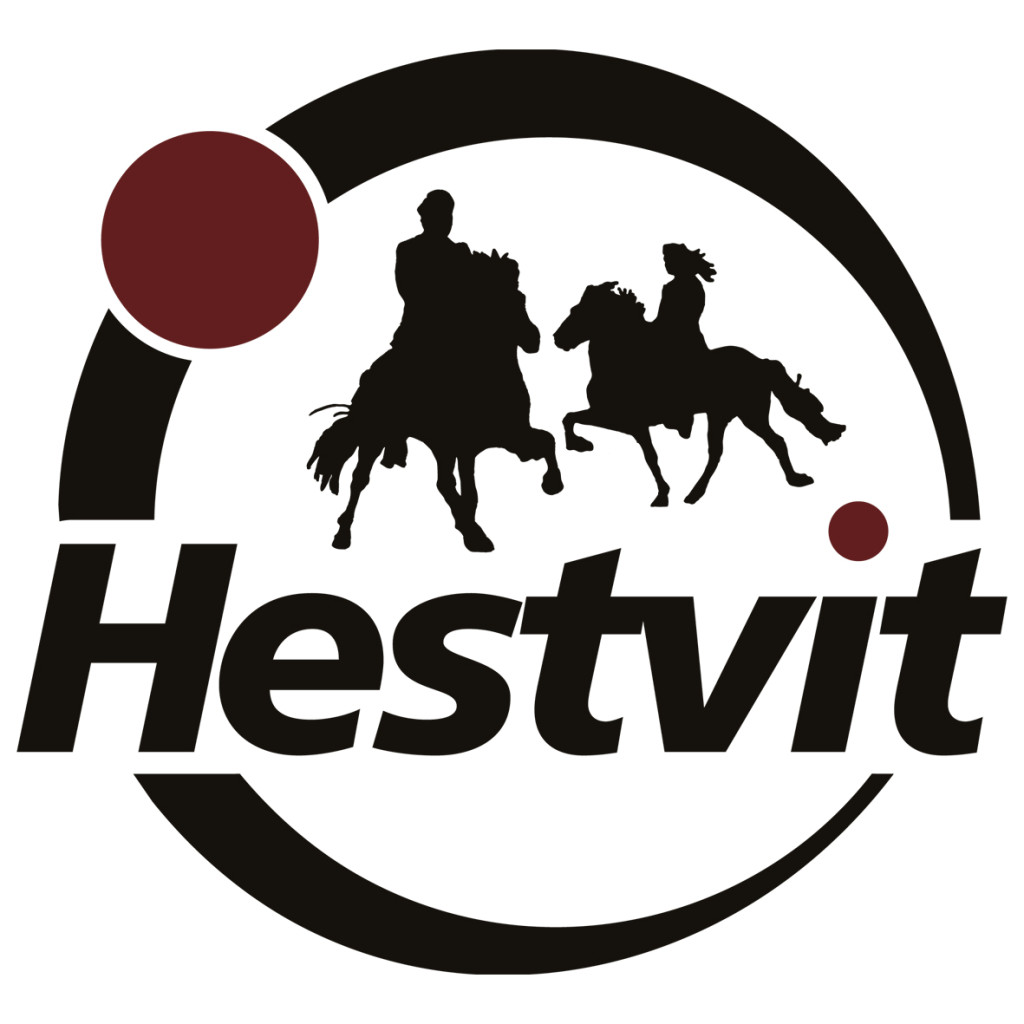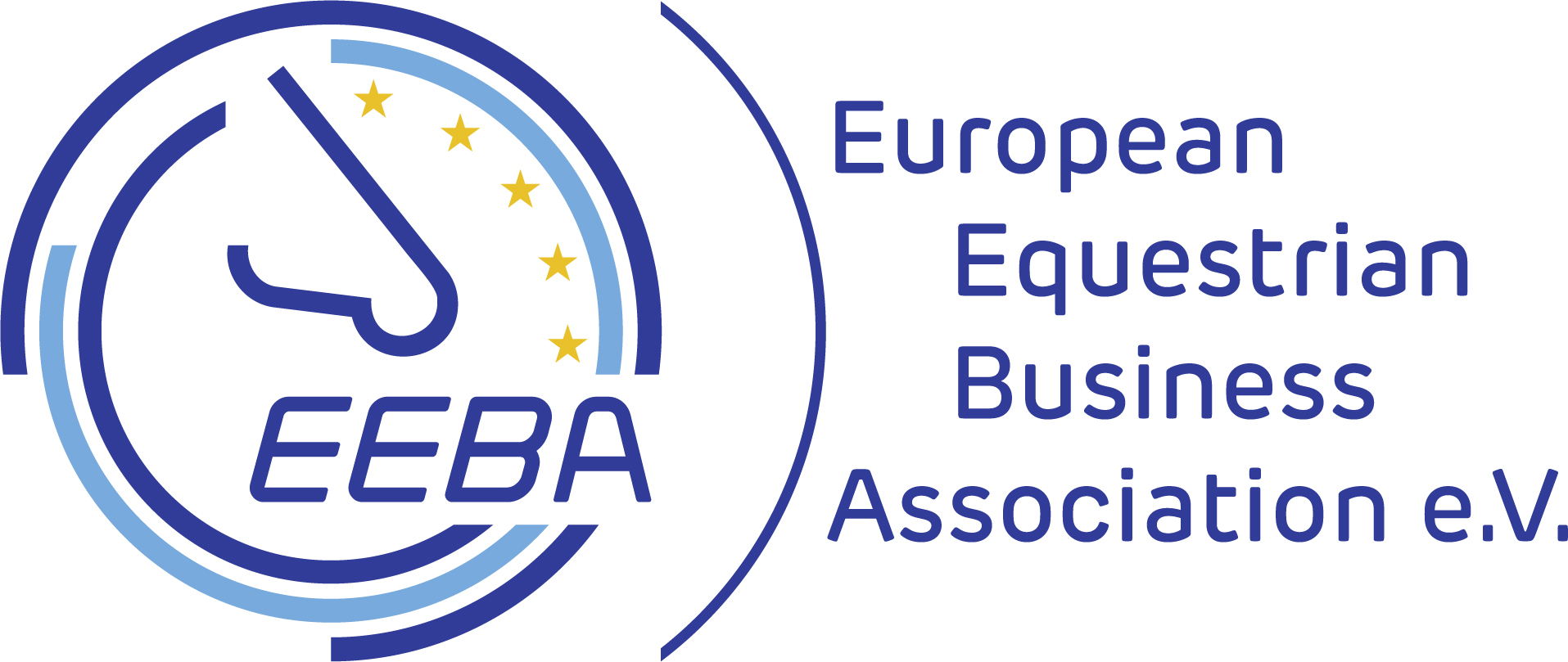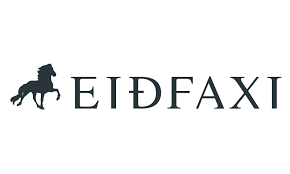In Harmony with Horses
At Hólar University College’s Equine Science Department, prospective professional riders and trainers learn to respect and study the Icelandic horse.
“Here you have a prey animal and you lock it up in a pen,” Sveinn Ragnarsson, head of the Equine Science Department at Hólar University College, indicates to one of the horses in the school’s stable as he makes his point. “People think it’s in their nature to know how to care for animals, or for children. No. You owe it to the horse to learn as much as you can about it to care for it the best you can.”
Serious Studies
The historical bishopric of Hólar in Hjaltadalur, located in the countryside of Skagafjörður in Northwest Iceland, has served as an education center for almost a thousand years. A school has been operated at Hólar since 1106, Iceland’s first printing press was introduced there in 1530 and the Hólar Agricultural College was founded in 1882. In 2003, Hólar University College was established, offering three courses of study: Aquaculture & Fish Biology, Rural Tourism and Equine Studies. To pursue a BSc degree in Riding and Riding Instruction at the Equine Science Department, students have to pass a strict riding exam, and the international students—who usually make up one third of the approximately 60 students—an Icelandic language exam, as well.
Sarah Höegh, from Denmark, is a 3rd-year student at Hólar’s Equine Science Department. Having ridden Icelandic horses since she was five, Sarah chose a high school including riding instruction. Upon graduation, she found work at a horse breeding farm in Iceland. “I had originally planned to stay for three months and return home to study something ‘serious.’ I never thought I could make a career out of working with horses, that it could be more than a hobby.” Sarah enjoyed her work so much that she ended up staying at the farm for three years, constantly improving her Icelandic language and riding skills. “I realized how much I loved working with horses and figured that if I were to continue this work, I would have to educate myself.” There are no comparable courses of study in Denmark, neither with Icelandic horses, nor on a university level. So Sarah enrolled at Hólar. “I now have a much deeper understanding of why I do what I do,” she says, explaining that at Hólar, students explore the reasons behind the training methods they may previously have applied without considering why. She adds that students learn how to understand the horse and make it want to cooperate.
“This is a course of study for those who plan to become professionals in horsemanship, as riding instructors, trainers and riders at competitions,” specifies Sveinn. “It’s like studying pedagogy, to become a sports instructor or a teacher, but now you have to learn about your subject, the horse, as well.” Sveinn leads the way to the college’s riding hall. “Let me show you something.” There’s a spectacle going on inside: horses jumping over bars, mounting boxes and chasing huge balls. “They’re playing. They think it’s fun,” he says. The horses, which have been lent to the school by their owners, are being trained by second-year students under the guidance of professionals. “These are young horses which have never been tamed. These exercises are all about building trust.” Sveinn explains that as a prey animal, it’s in the horse’s instinct to get rid of anything that’s on its back. To counteract that instinct, we observe how a student carefully places a ball on a horse’s back.
In a special stable with a high-speed treadmill and other research equipment, third-year students carry out scientific research projects on the Icelandic horse’s biology and movements. “We have excellent facilities here,” says Sveinn. The 2016 Landsmót Icelandic National Horse Show was held at Hólar last summer, for which state-of-the-art riding tracks were built. The location was considered apt, as Skagafjörður is famous for its horse breeders. Nature is all around, and students enjoy going on rides in the surrounding countryside.
By Eygló Svala Arnarsdóttir. Photo by Páll Stefánsson.
This is the first part of an article published in Iceland Review 01.17.

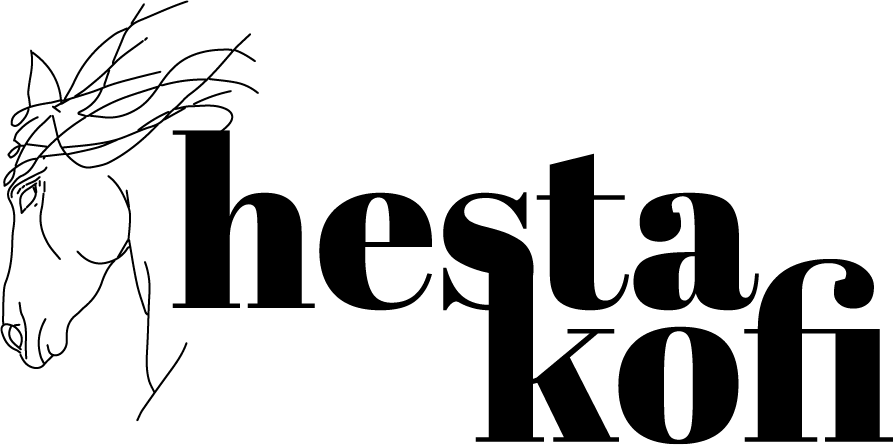
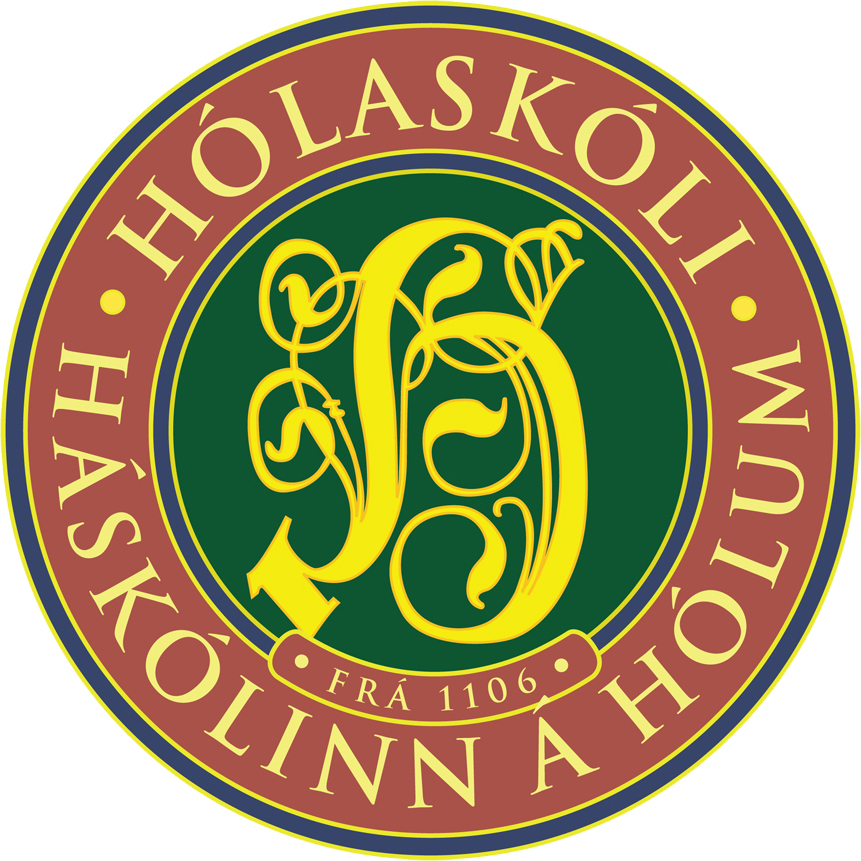



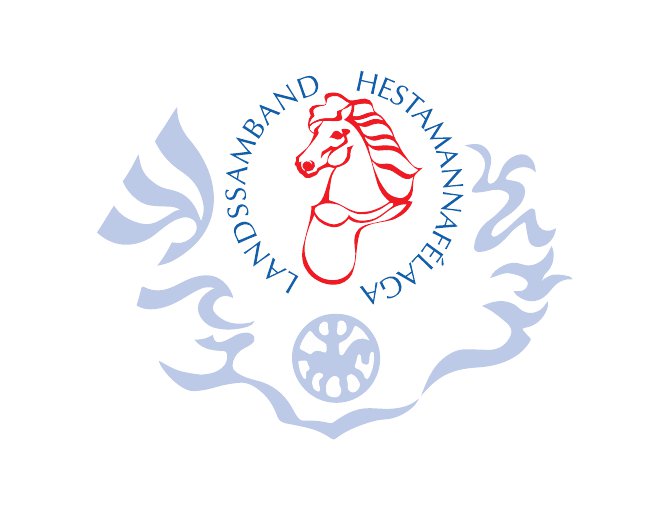

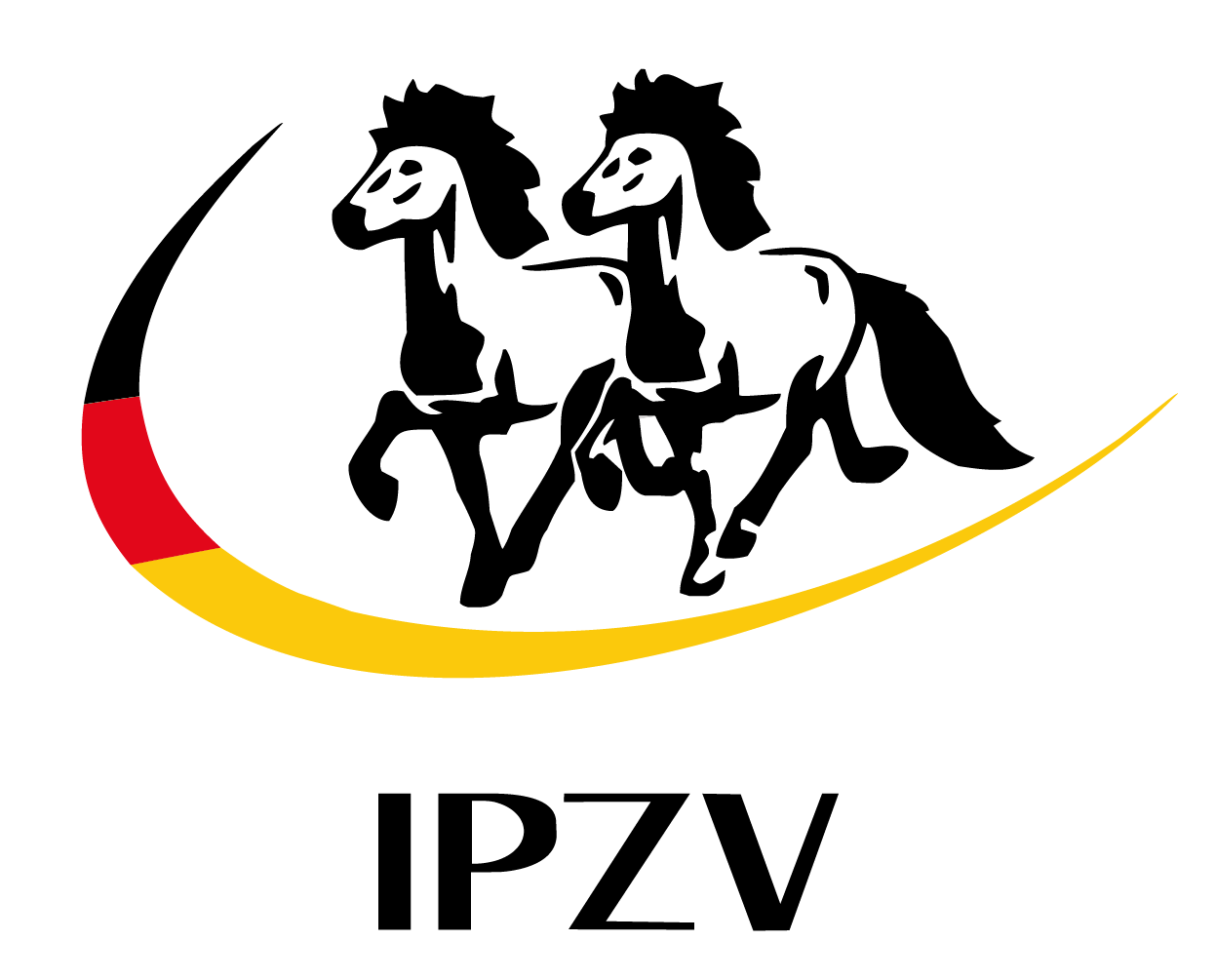

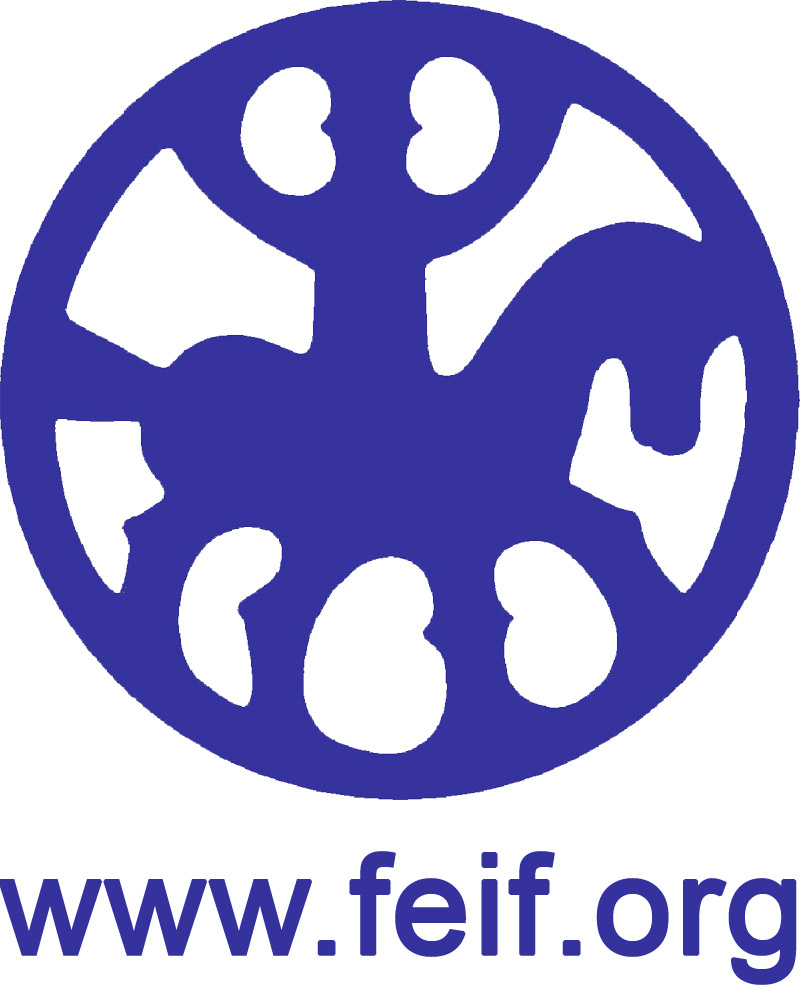
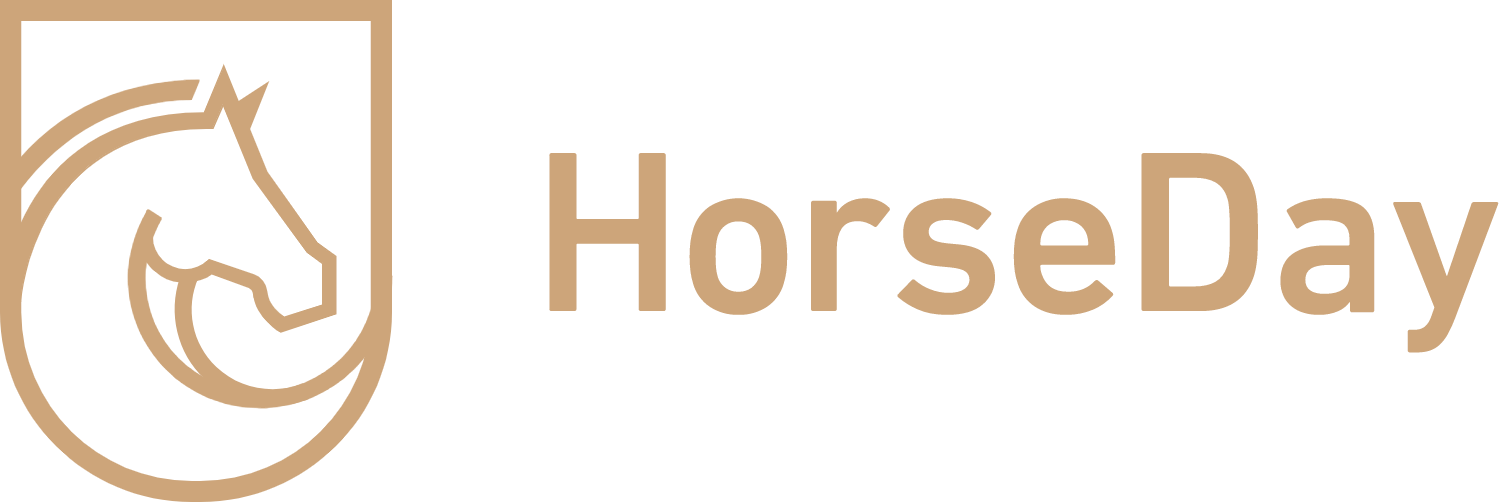
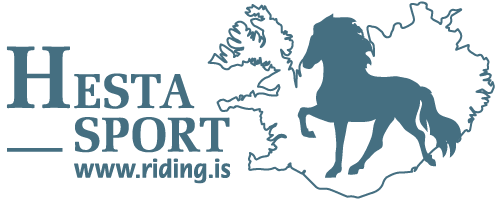

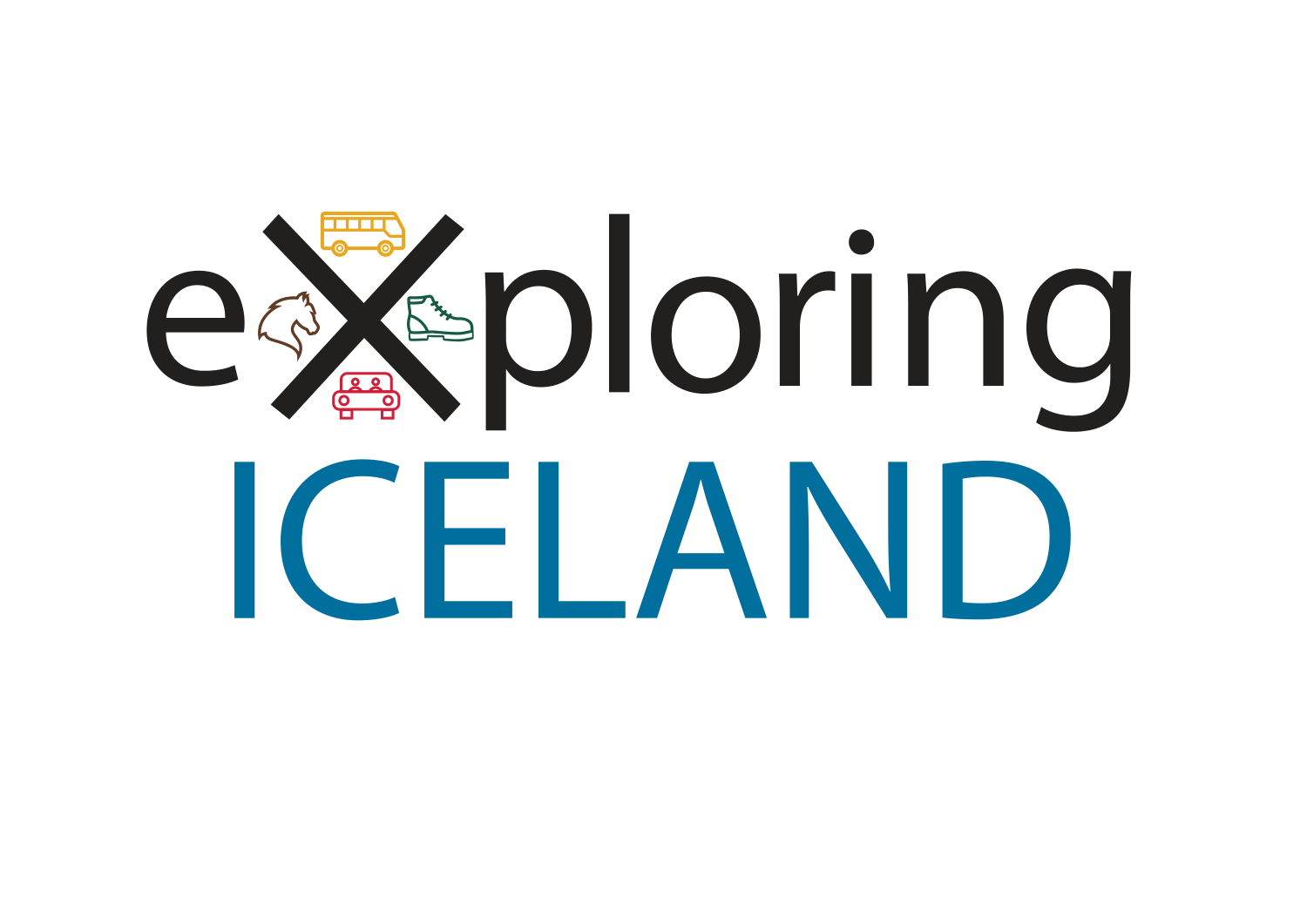
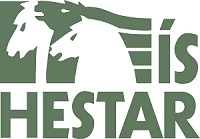
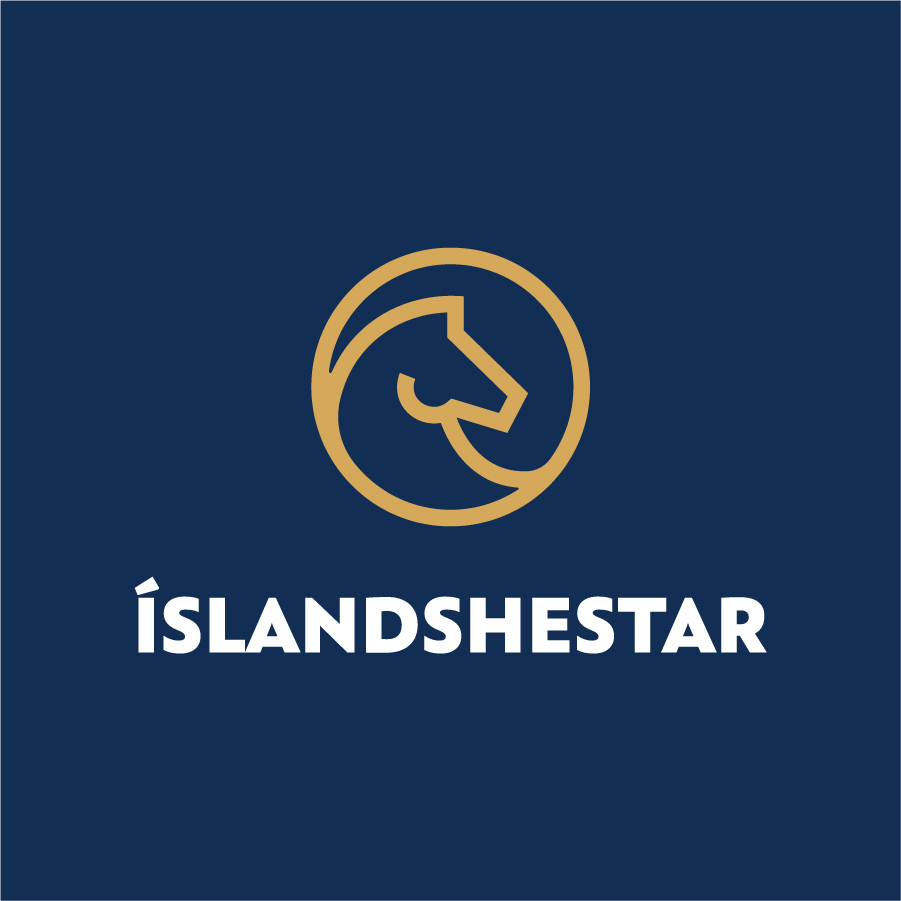
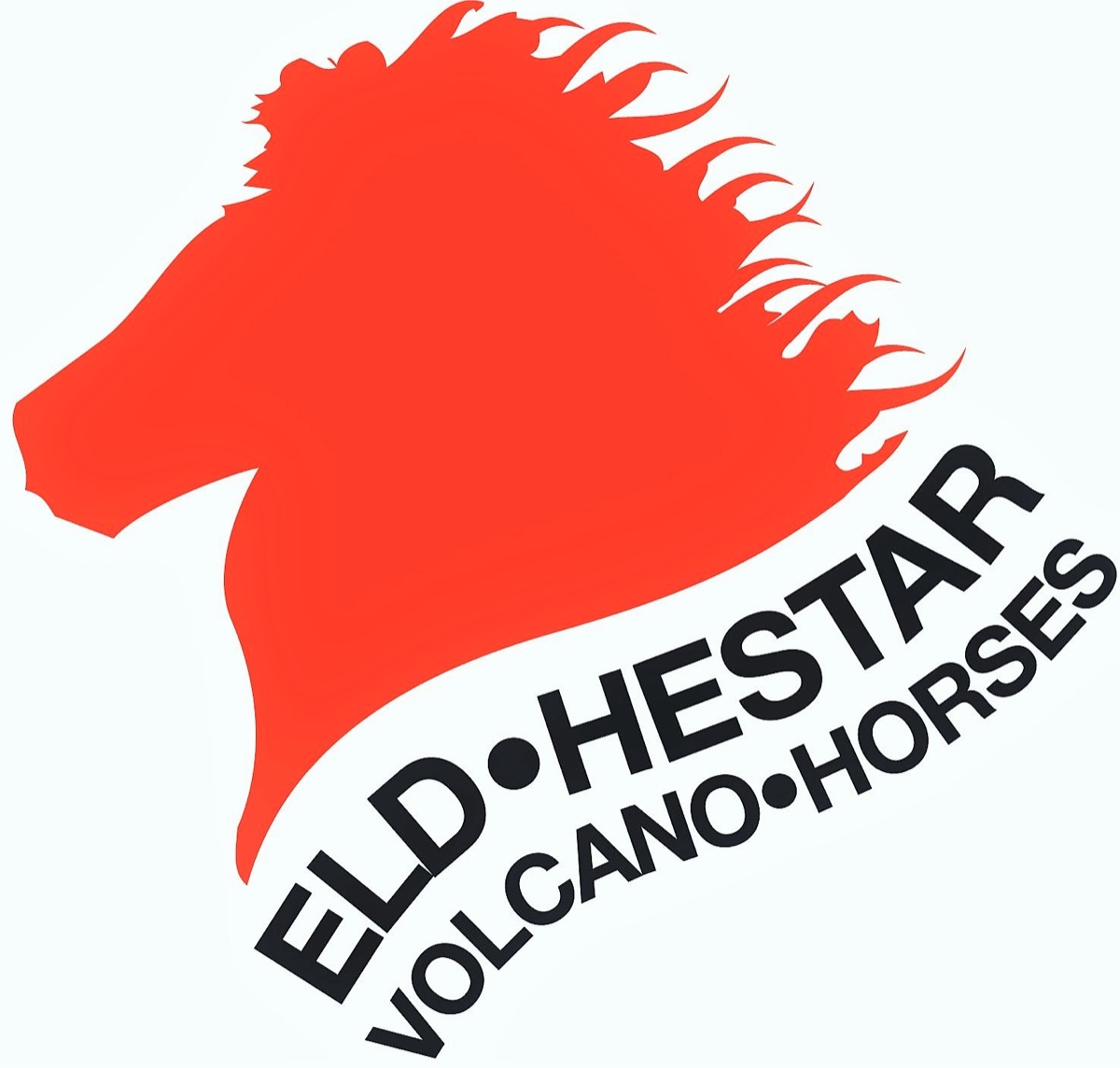
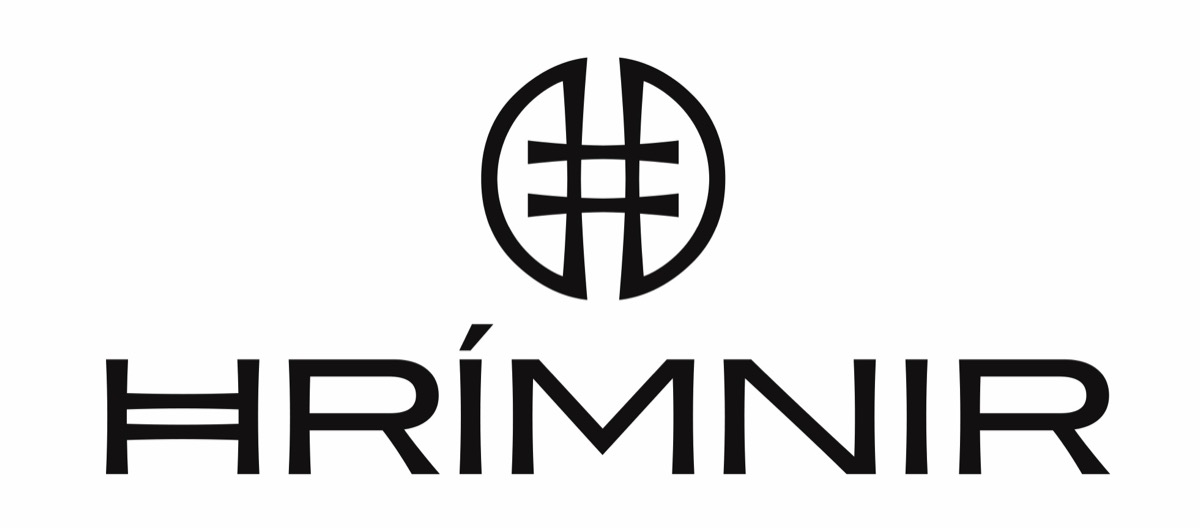

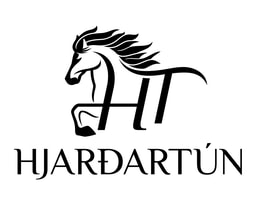
-1.jpg)
